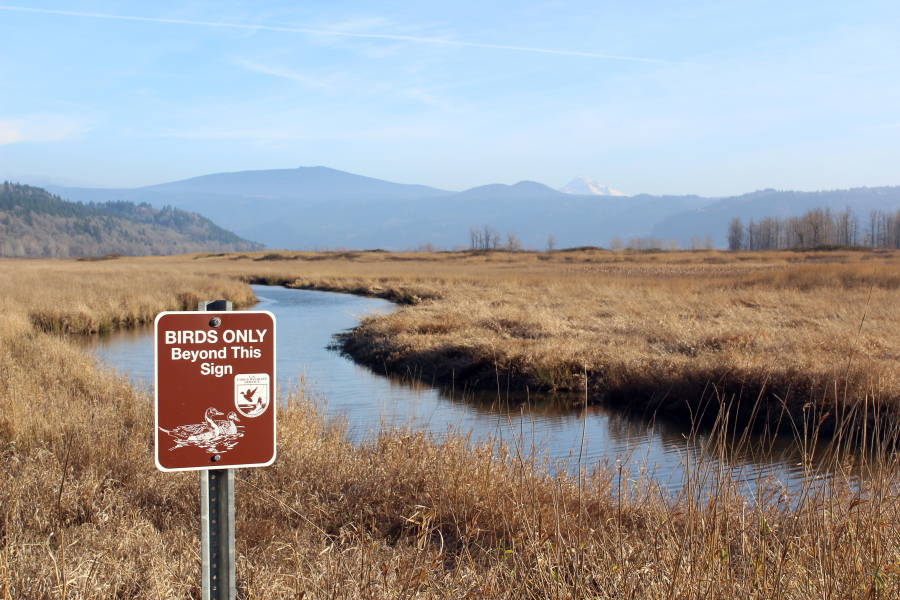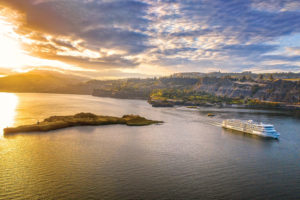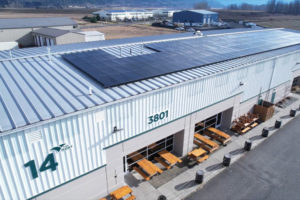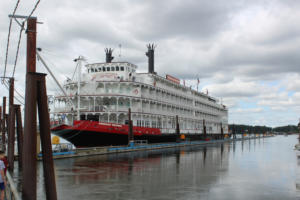As a three-year, $31 million restoration project once described as “the largest the lower Columbia River has seen” wraps up at Steigerwald Lake National Wildlife Refuge this spring, visitors will again be able to enjoy the wild beauty of the Washougal-area refuge.
The wildlife refuge will reopen to the public on Sunday, May 1.
If local COVID-19 levels remain low, the project’s partners will host a free, public reopening ceremony at 10 a.m. Saturday, May 7, at the refuge, 35001 Lewis and Clark Hwy., Washougal.
The extensive Steigerwald Reconnection Project, which kicked off in 2019, reduced the area’s flood risk, opened up recreation opportunities at the local refuge and benefited wildlife that depend on the refuge.
David Ripp, CEO for the Port of Camas-Washougal, said the Steigerwald Reconnection Project not only added recreation opportunities at the local refuge, but “also essentially eliminated the flood risk to the Port’s Industrial Park, which is the economic engine for our community.”
“At a time when everyone is looking for a way to stretch their dollar a little bit further, this project checks all the right boxes. It’s been a pleasure partnering with the Estuary Partnership, U.S. Fish and Wildlife Service, Rotschy, and other members of this phenomenal project team,” Ripp said.




